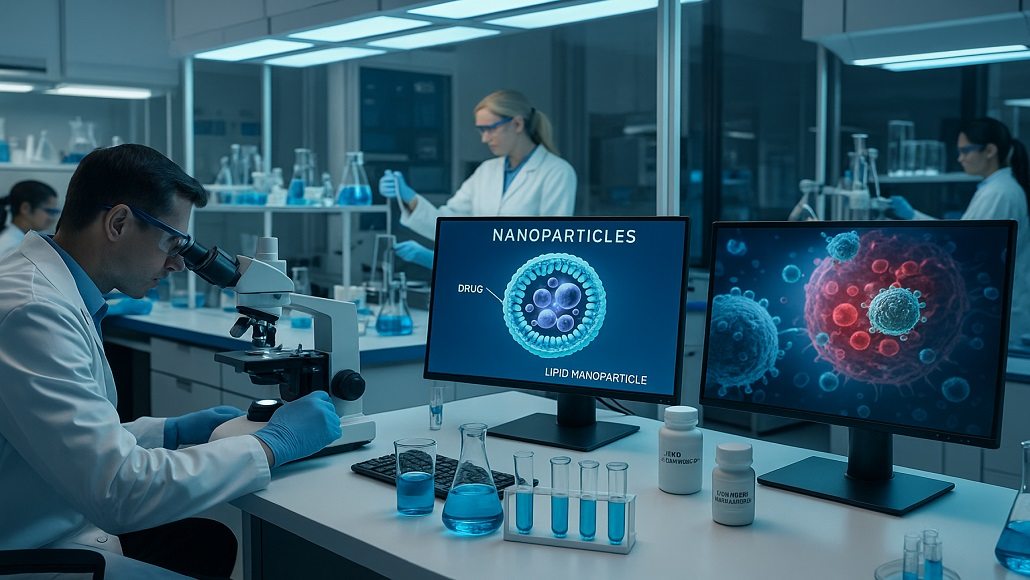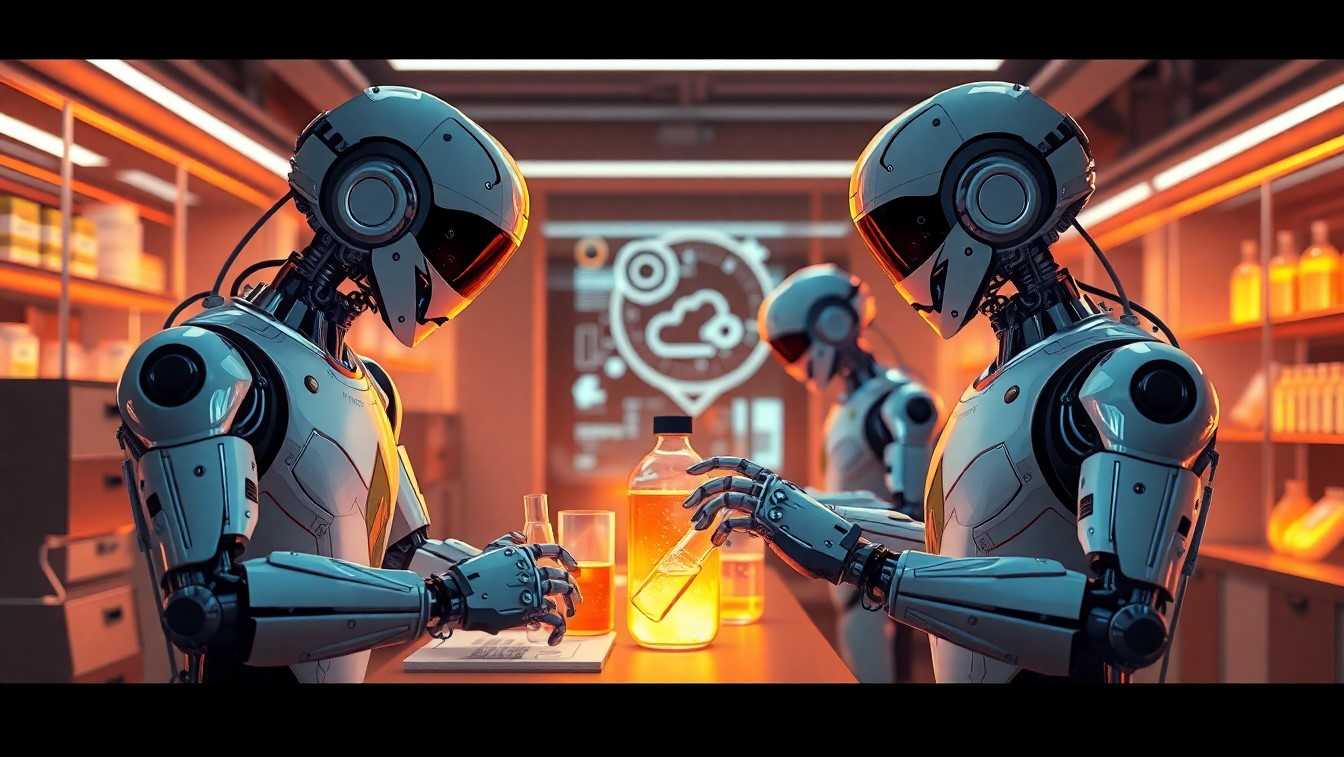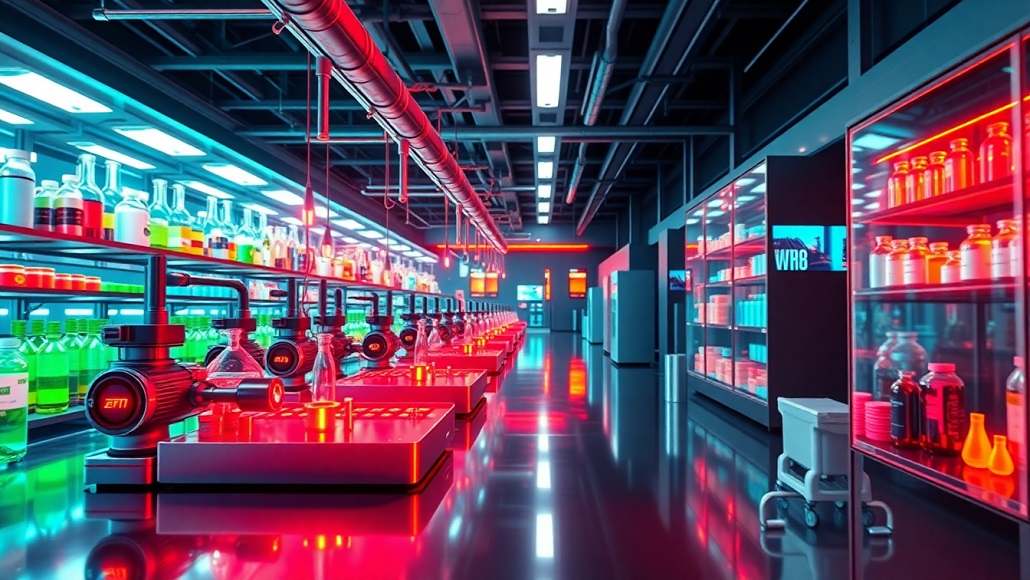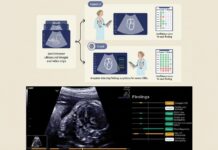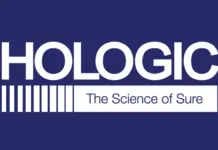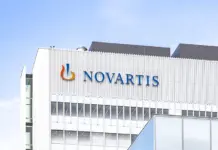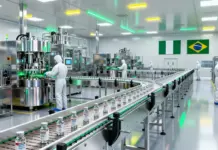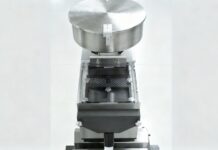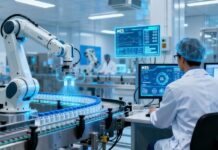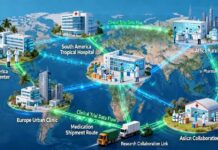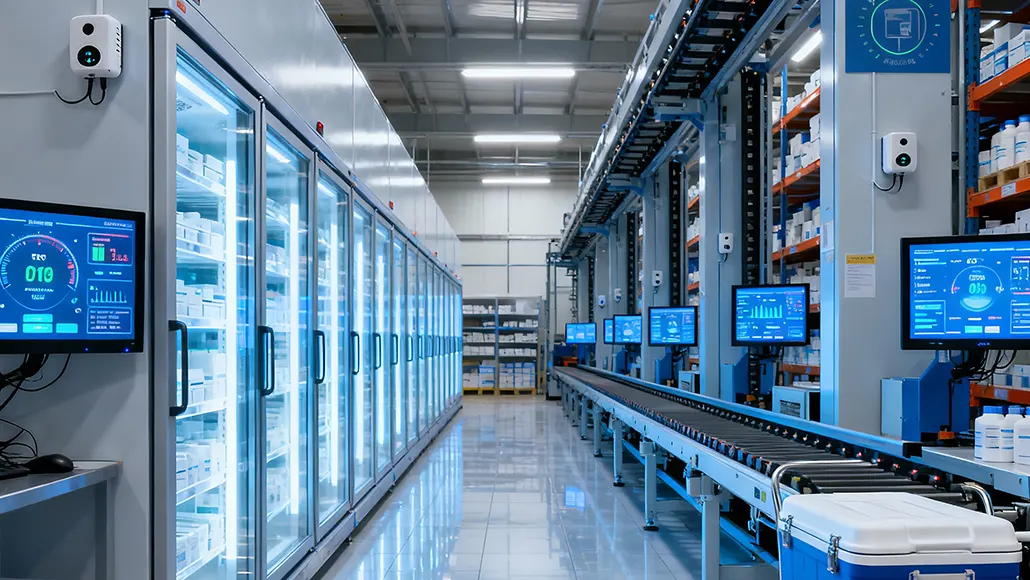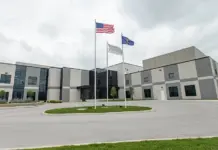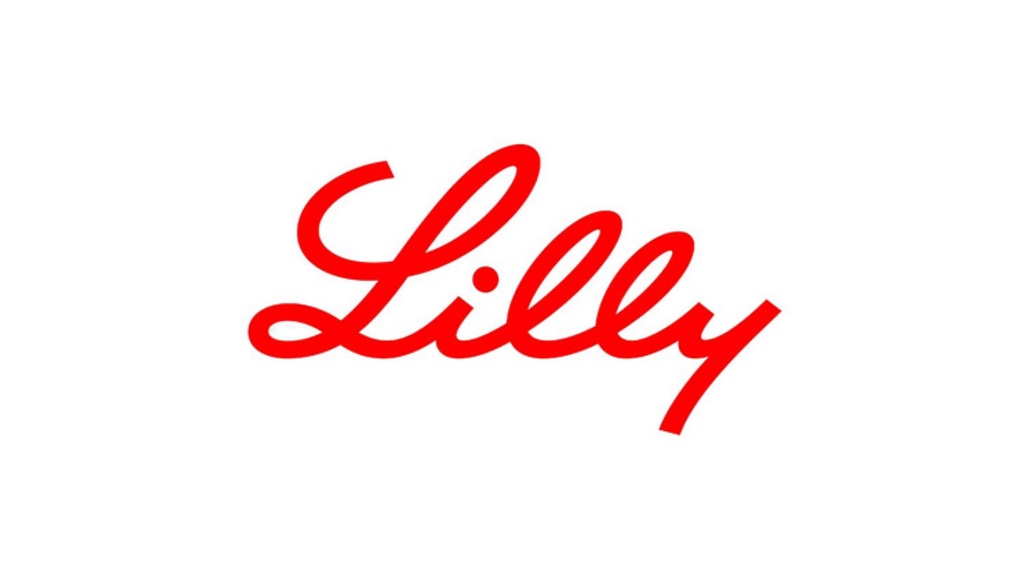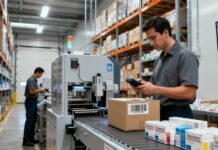Why Drug Discovery Needs Robots and Artificial Intelligence
The discovery of new drugs has been a staple of medical breakthroughs for years, fueling advancements in health care and increasing human lifespans. It is an arduous, time-consuming, and expensive endeavor, sometimes costing billions of dollars and taking more than a decade of intense research and development. Over the past several years, the use robots and AI in drug discovery has become a game-changing phenomenon in drug discovery as it helps overcome the inefficiencies and limitations of the conventional approach. These technologies are not only revolutionizing the pharmaceutical industry but also creating new standards for speed, accuracy, and affordability in the quest to bring life-saving treatments to market.
The union of robots and AI in drug discovery is fast becoming a necessity and not an option. Their capacity to automate repetitive tasks, scrutinize humongous data sets, and simulate biological behavior at speeds and levels of accuracy that were previously unheard of has become absolutely vital in addressing the intricacies of contemporary pharmaceutical R&D. This article explores the critical reasons why drug discovery needs robots and artificial intelligence, shedding light on how these technologies are redefining one of the most vital aspects of healthcare.
Accelerating Drug Discovery Timelines
One of the best reasons to use robots and AI in drug discovery is that they can speed up the research process like no other technology. It can take 10 to 15 years for a traditional drug discovery technique to get a medicine to market. This is mostly because they rely on human processes to find, test, and confirm possible candidates.
By automating high-throughput screening, which tests thousands of compounds to find possible drug candidates, robots have changed the way labs work. Robots can work all day and night, which speeds up the process of testing by a lot. For example, robots that handle liquids can prepare samples, mix reagents, and run tests much faster than people can.
When combined with AI, the possibility of speeding things up becomes even greater. Machine learning algorithms can look at huge datasets from genomes, proteomics, and clinical trials to find good drug targets. AI models also help researchers figure out which substances are most likely to work and be safe, so they can focus their efforts on those that are most likely to work. The report says that AI-driven drug development can save the time needed for preclinical research by up to 75%. This is a huge deal for an industry where every second matters.
Reducing Costs Through Efficiency
The pharmaceutical industry is notorious for its high costs, with estimates suggesting that bringing a single drug to market can exceed $2.6 billion. A lot of this cost comes from the fact that traditional drug discovery is trial-and-error, and many drugs fail in the preclinical or clinical stages.
The problem is solved by robots and AI, which make each step of the process more efficient. Robotic automation cuts down on mistakes in lab workflows, which lowers the chance of expensive delays. Also, robots can do dangerous or boring activities, which lets human researchers focus on the more creative and complicated parts of medication development.
On the other side, AI is great at making the best use of resources. AI can use predictive analytics to figure out which chemicals are most likely to work, which helps pharmaceutical companies use their resources more wisely. The study that was cited shows that AI-driven platforms have already shown that they can cut R&D expenditures by 25–40%, which makes drug development more financially viable.
Enhancing Precision and Reducing Human Error
The intricacy of biological systems means precision is a non-negotiable component of drug development. Tiny mistakes in experimental design or conduct can result in massive delays and expense. That is where robots and artificial intelligence come in.
Robots introduce a level of precision to lab work that is practically unattainable by hand. Automated systems provide reproducible sample preparation, precise measurements, and ideal experimental conditions, minimizing variability and maximizing reproducibility.
AI also improves accuracy by interpreting data with unprecedented accuracy. Machine learning algorithms are capable of identifying patterns and relationships in bio-data, which would not be recognizable to human researchers. For instance, AI models can forecast how a compound will interact with a target protein, allowing scientists to make hypotheses and experimental designs sharper.
The collaboration between AI and robots not only minimizes human error but also enhances the reliability of research results. As the article puts it, the collaboration is especially useful in areas such as oncology and neurology, where it is important to comprehend intricate molecular pathways in order to devise effective treatments.
Revolutionizing Drug Design with AI
The other fundamental reason why drug discovery requires robots and artificial intelligence is their revolutionary effect on drug design. The conventional approach has so far been to use trial-and-error experiments to select candidates, which consumes a significant amount of time and is inefficient.
Artificial intelligence has revolutionized the pharmaceutical industry by allowing de novo drug design, a method that applies machine learning algorithms to create completely new molecules custom-fit to a particular biological target. These algorithms are able to mimic molecular interactions, forecast pharmacological properties, and fine-tune compounds for efficacy and safety. Such accuracy speeds up the discovery of promising candidates and lessens the potential for failure during downstream development.
Robots complement this process by quickly synthesizing and screening the AI-designed compounds. High-throughput robotic systems can screen many candidates at once, giving real-time feedback to the design process. This iterative process has already resulted in some impressive breakthroughs, including the generation of AI-designed drugs that have progressed to the point of being tested in human clinical trials within a fraction of the time it would take with conventional methods.
Addressing Unmet Medical Needs
The end objective of drug discovery is to meet unmet medical requirements and enhance patient results. Robots and artificial intelligence are best suited to do so by allowing researchers to venture into new frontiers in medicine.
For example, machine learning algorithms may be used to scan patient records for biomarkers of rare diseases, an area long underfunded because it is inherently difficult and expensive. The robots can then enable swift experimentation with possible treatments, offering hope to patients who before had none.
In addition, the marriage of robots and AI is proving to be incredibly useful when it comes to addressing nascent health emergencies. During the pandemic caused by COVID-19, platforms driven by AI were employed to look for potential antiviral compounds and robotic systems expedited the testing process. This quick response reflects the pivotal role that these technologies play in solving global health emergencies.
The Future of Drug Discovery
As the pharma industry keeps changing, the question is no longer if but when robots and artificial intelligence would become part of it. The strong arguments that drug discovery requires robots and artificial intelligence—faster timelines, lower costs, better accuracy, game-changing drug design, and the capacity to tackle unmet clinical needs—make them essential in today’s healthcare.
In the future, the interaction between robotics and AI is likely to intensify, fueled by improvement in computational power, machine learning algorithms, and lab automation. Organizations that adopt these technologies will be at a competitive advantage, in addition to helping define the future of medicine.
The mentioned article makes it evident that the convergence of robots and AI in drug discovery is not just an innovation but a necessity for human health development. By overcoming the shortcomings of the conventional process, these technologies are opening doors towards quicker, safer, and more efficient drug development, eventually changing the lives of patients all over the world.





